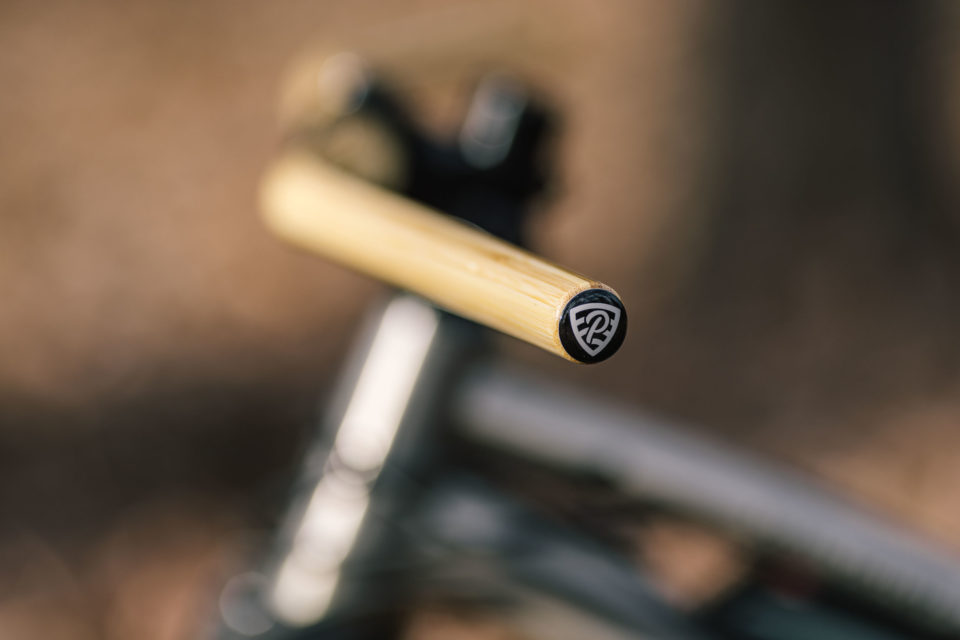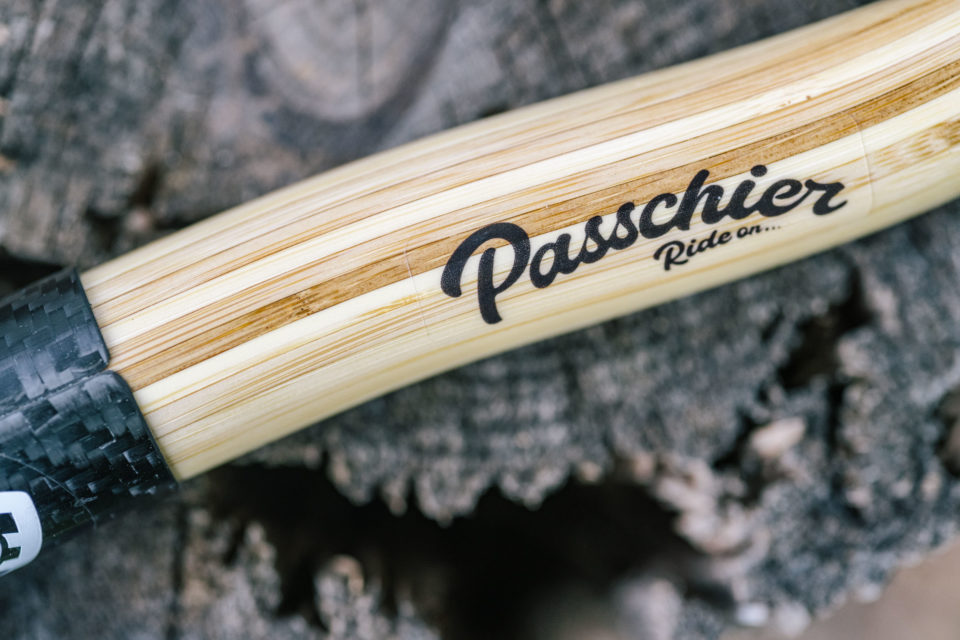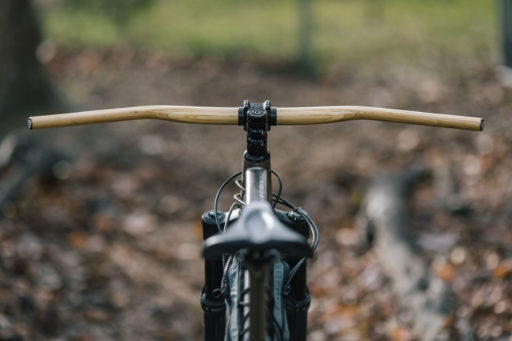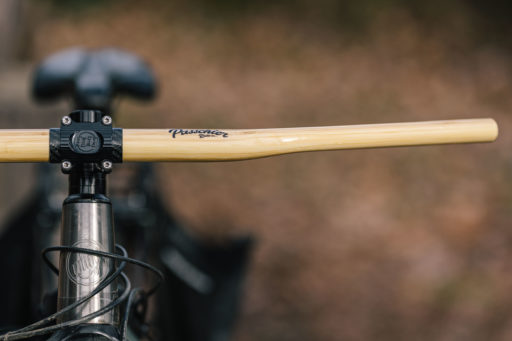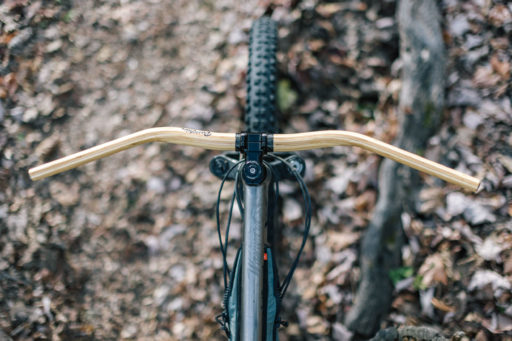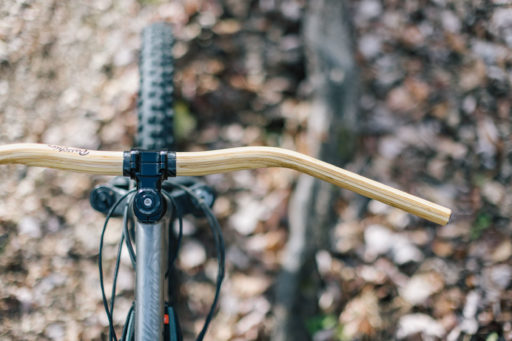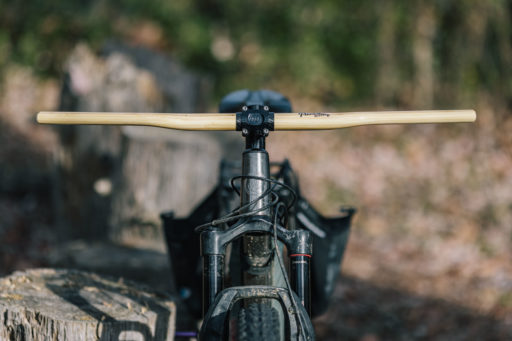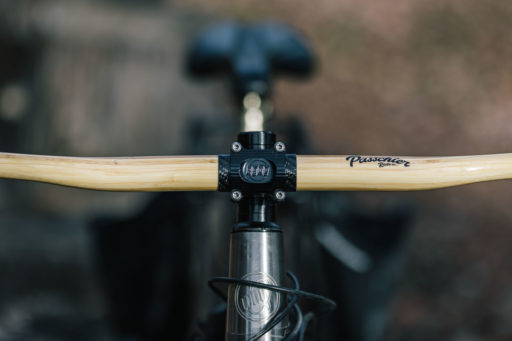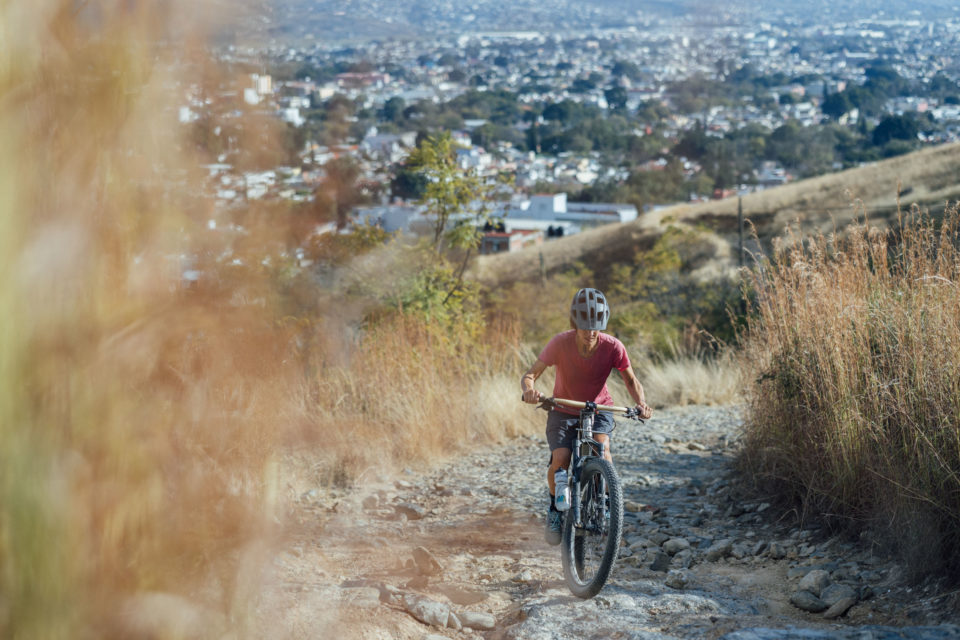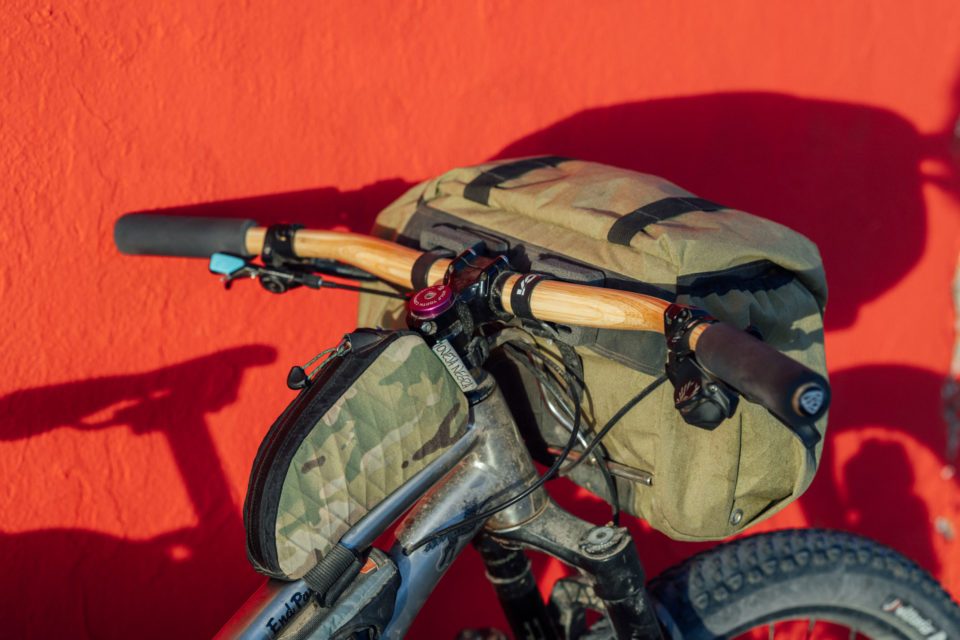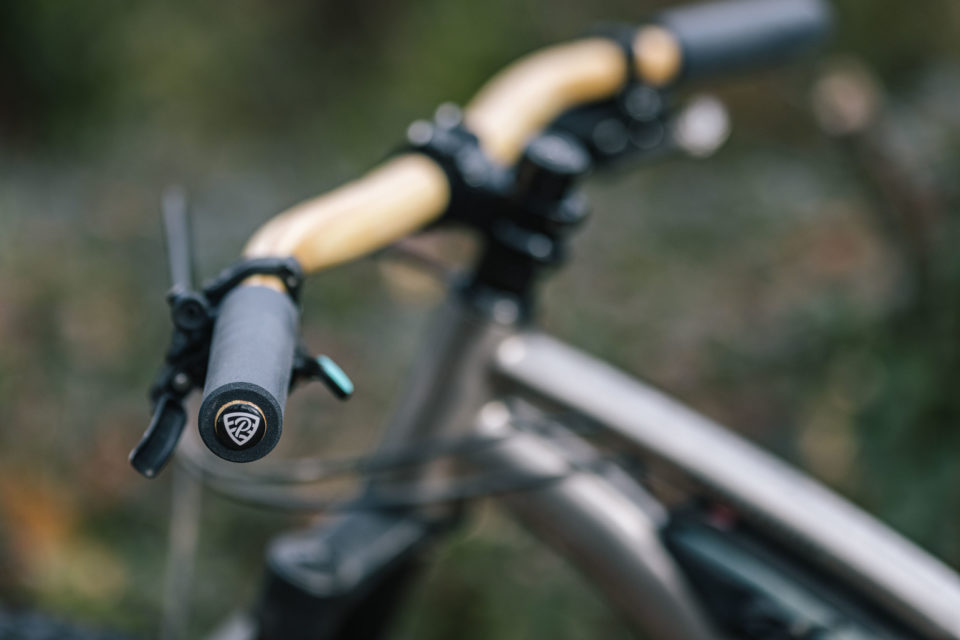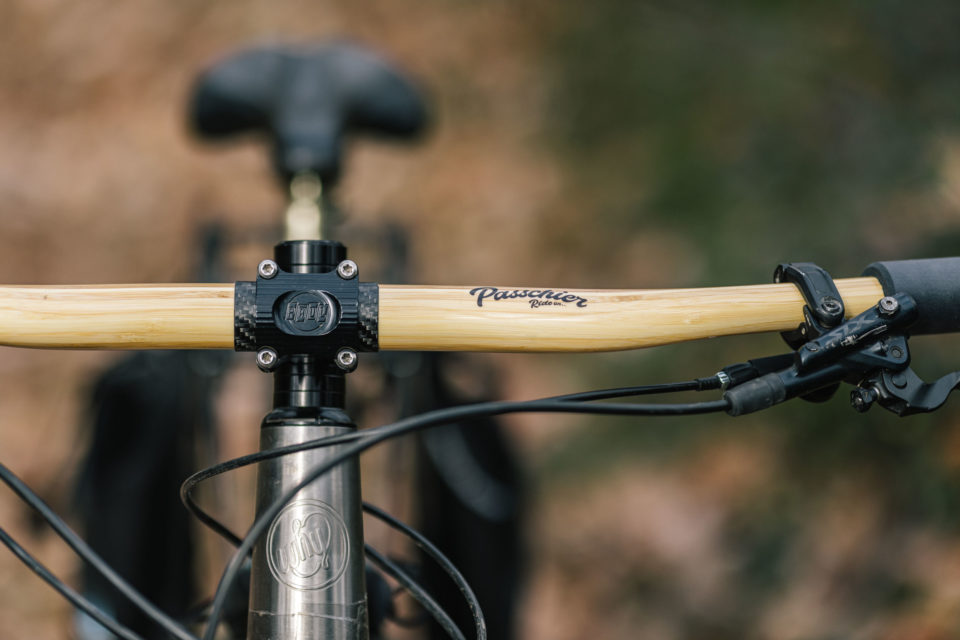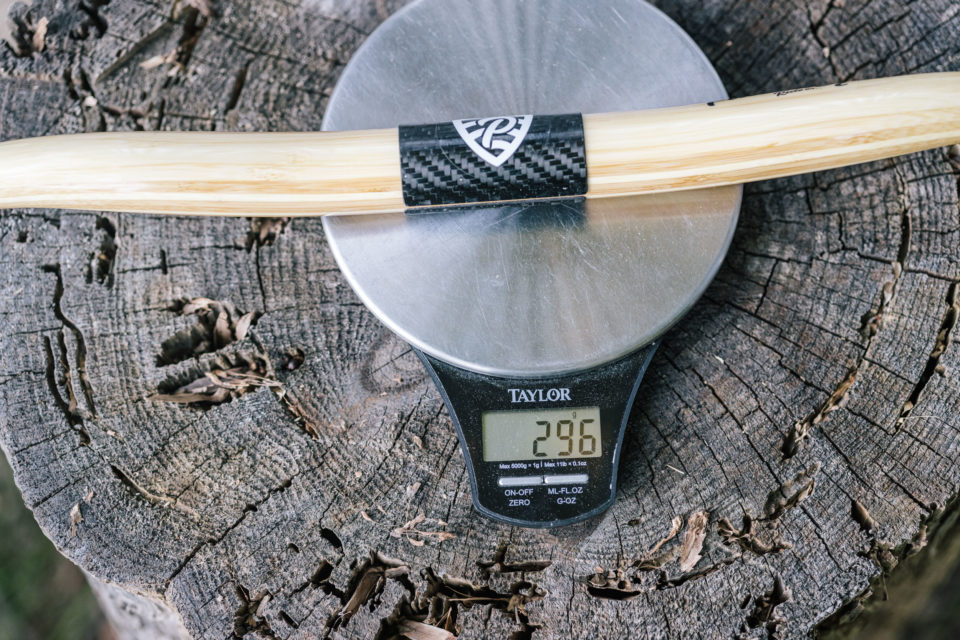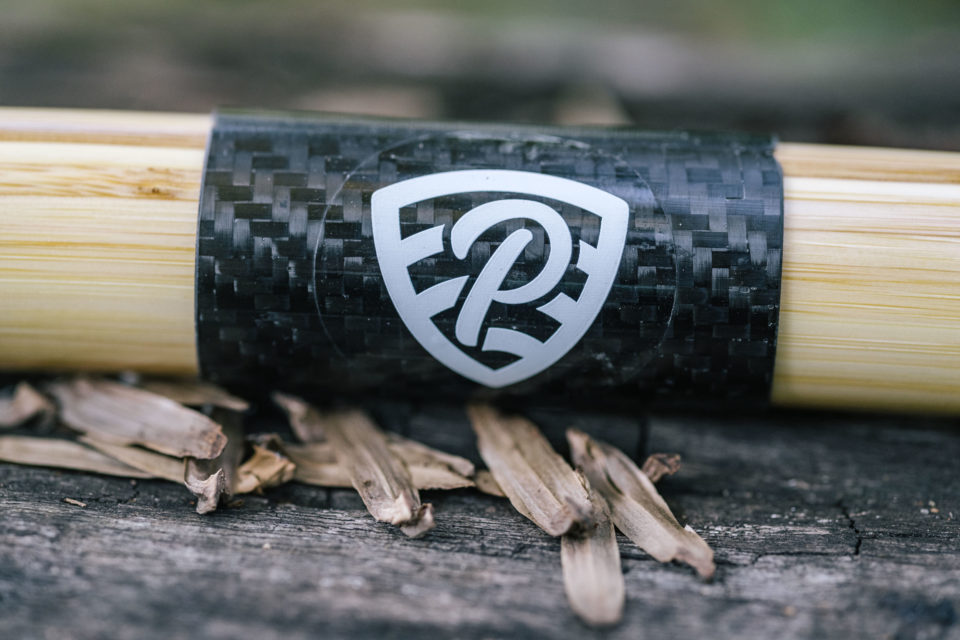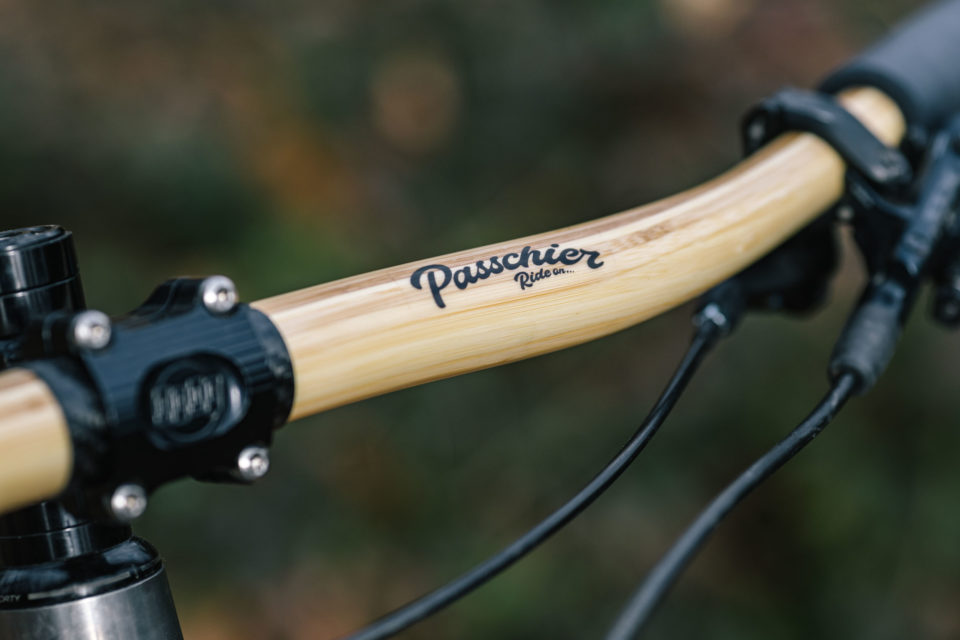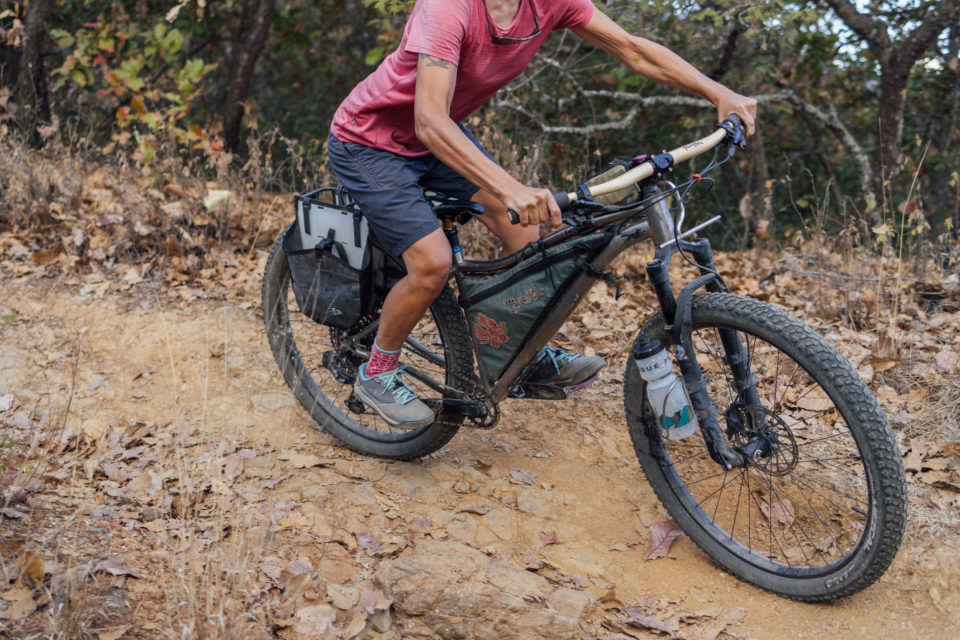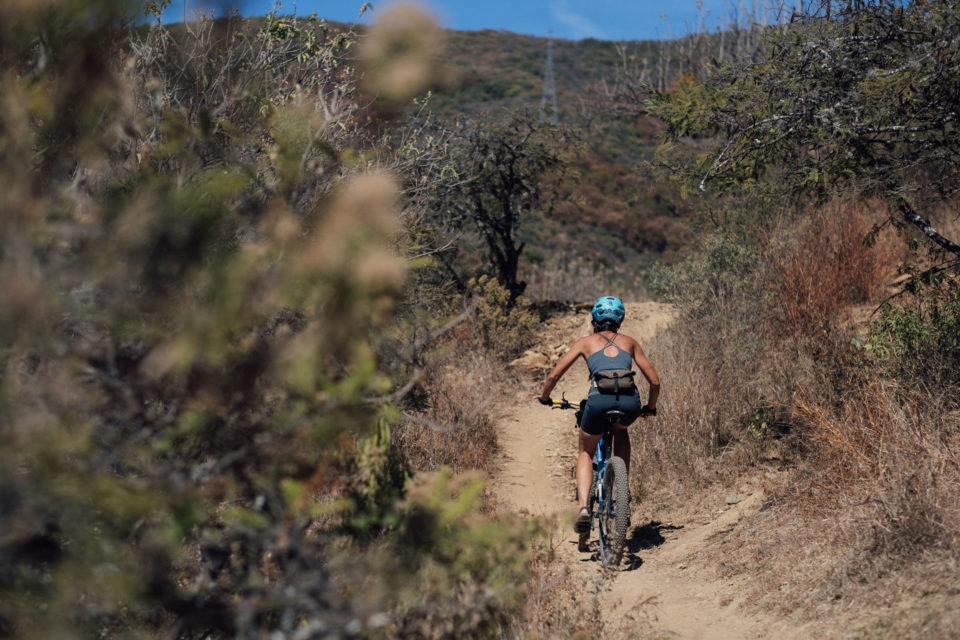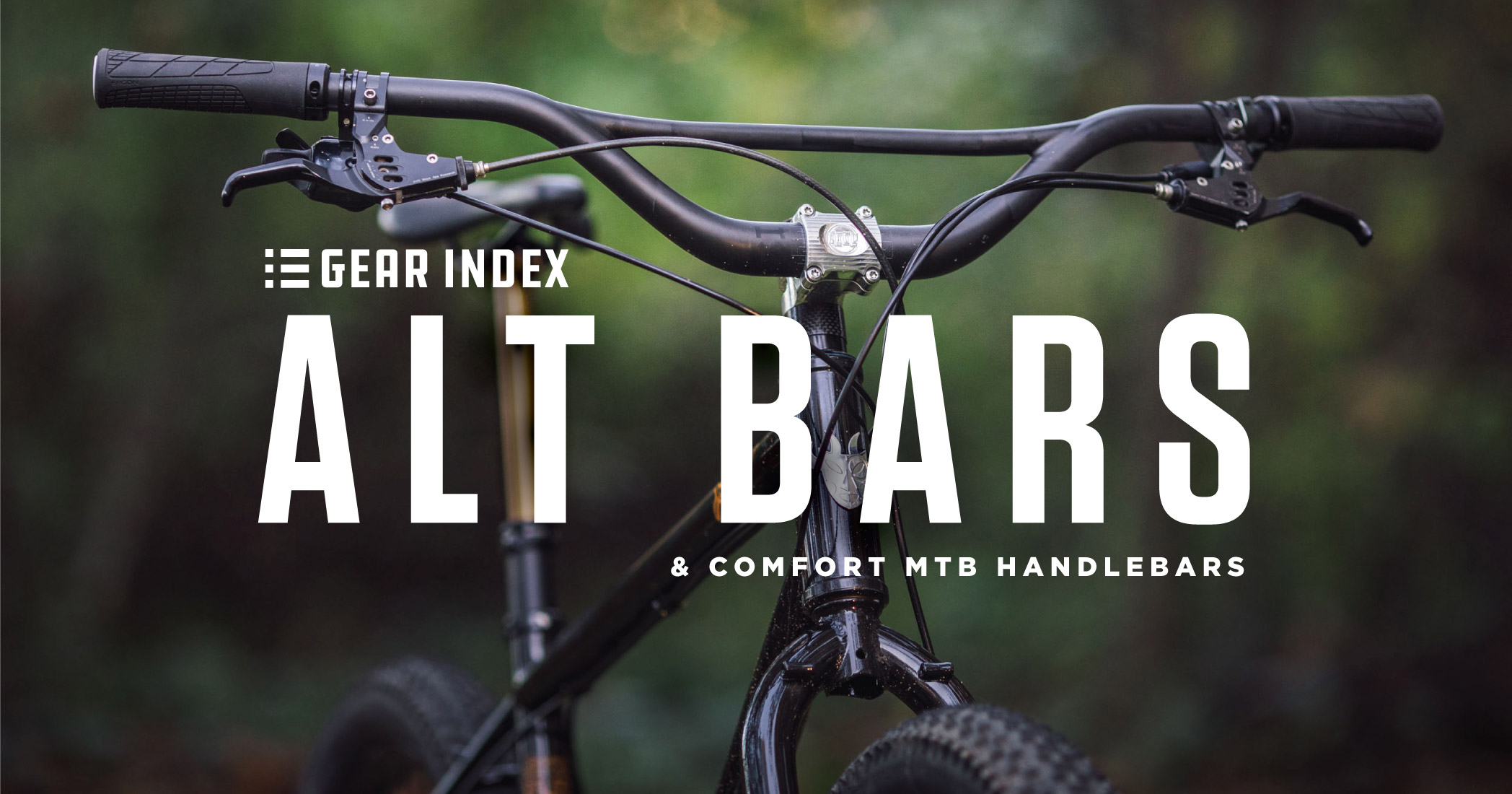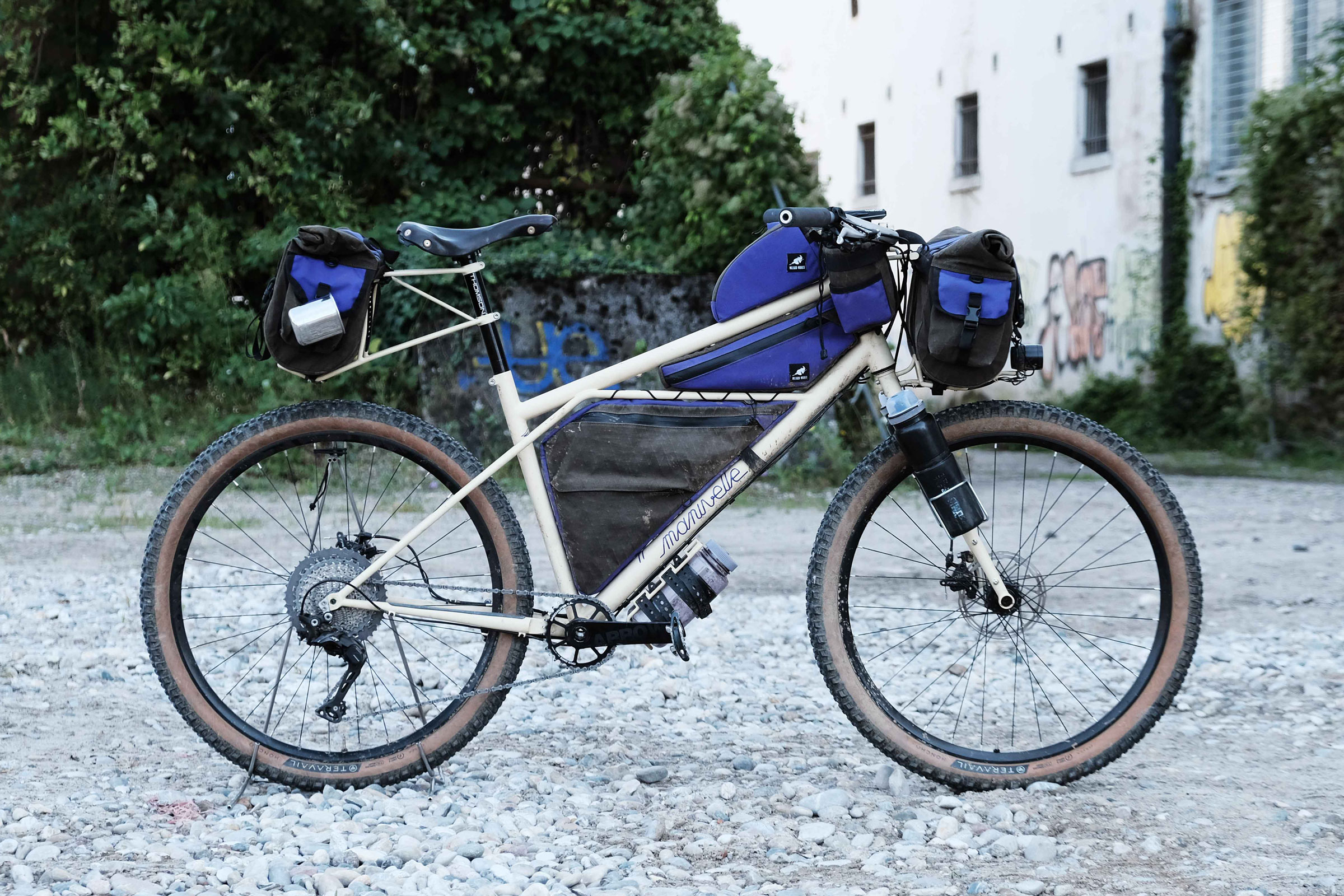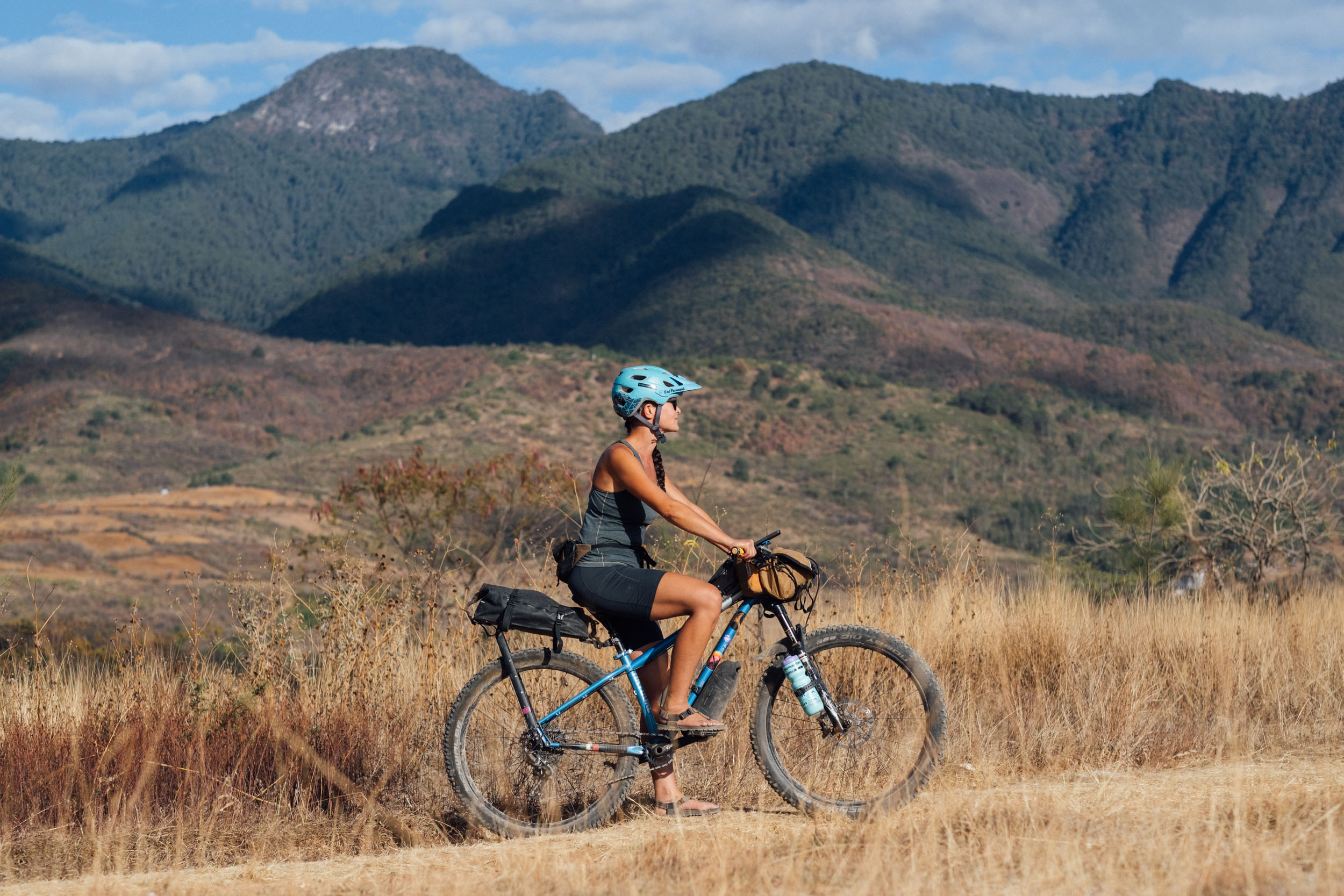Passchier Gump Review: Bamboo Handlebars!?
Share This
In case you missed it, New Zealand’s Passchier released its flagship bamboo handlebars last year. The Passchier Gump bars promise long-ride touring comfort and a sustainable and durable construction in a relatively lightweight package. We had a chance to put two pairs through a rugged long-term test to see if they delivered. Find our detailed review here…
Handlebars are probably the most varied of all bike components. There are hundreds on the market—likely even thousands—in all shapes and sizes. Many folks have dialed in the width, rise, angles, and measurements that suit them best. Others are constantly on the hunt for an option that’ll cure discomfort, provide adequate leverage, make for a better overall bike fit, or simply look good. Personally, I’ve always been impartial and just rolled with fairly standard mountain bike flat bars. My only concern was the width, and I generally opted for wide bars in the 780-825mm range.
However, I’ve experienced some hand numbness during a couple of trips over the last few years, and my partner Virginia had to undergo carpal tunnel surgery, in part due to long bike tours. That’s when we both started trying various backswept “comfort” bars for multi-day trips. Still, the most popular handlebars in bikepacking—the 45° Jones bars—were way too dramatic for both of our tastes. A more moderate 15-30° sweep felt more natural and comfortable. So, when I heard about the new 22° Passchier Gump bamboo handlebar, I was all ears. We had the chance to give the Gump a proper long-term rough-and-rugged test in Baja and beyond. Read on for details and two other riders’ thoughts on the pros and cons of bamboo handlebars.
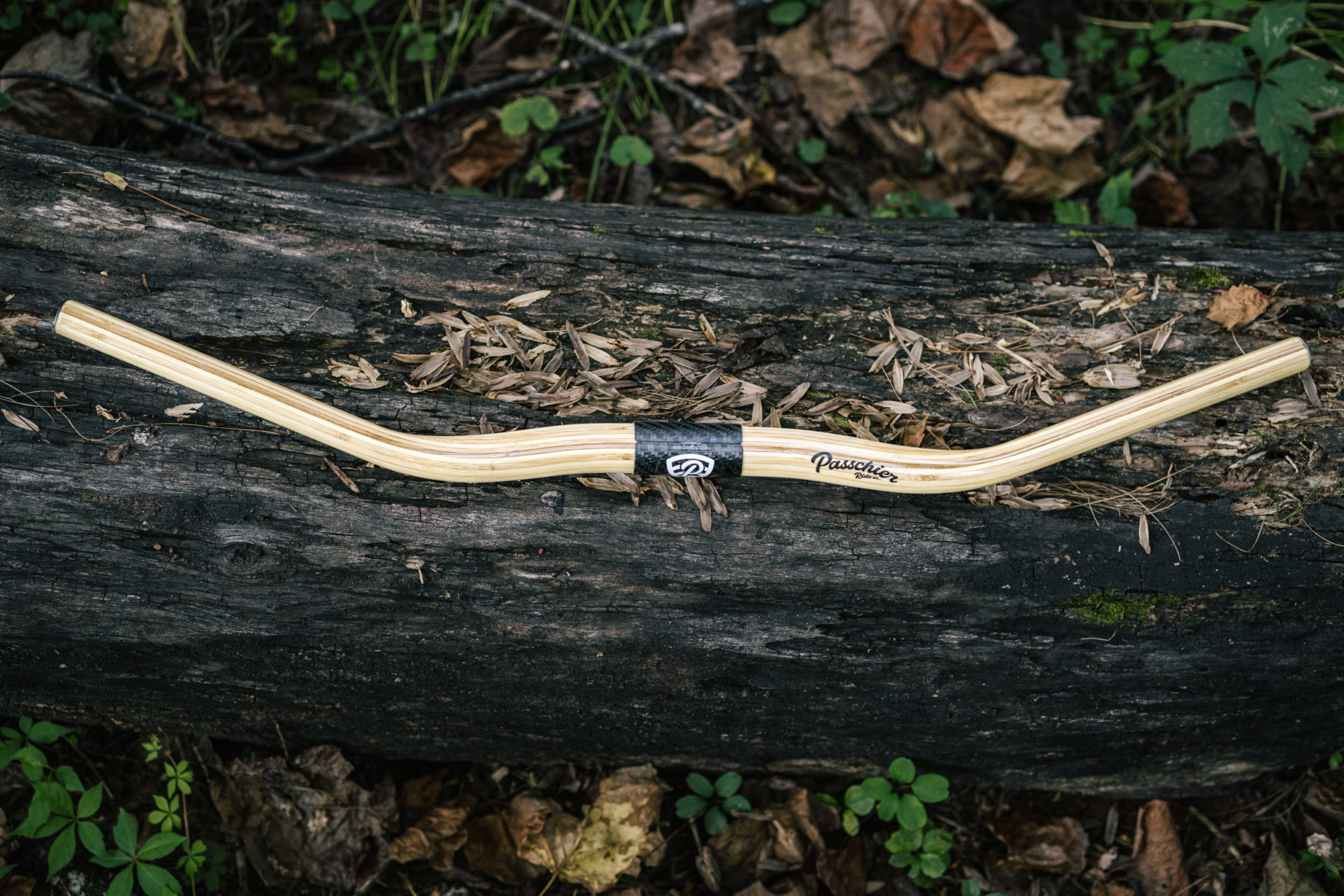
Bamboo handlebars?
If you’re into bikes, you’ve probably seen bicycle frames made from bamboo tubing. A handful of experimental makers come to mind, as does Boo Bicycles, a custom builder out of Colorado that specializes in bamboo-carbon frame construction. However, many people might not consider such a rig for rugged, off-road use. The material can obviously be fabricated in many ways beyond simple tube construction, but using bamboo for handlebars seems even riskier. After all, we’re talking about a component that has serious consequences in the event of failure. And given the continued skepticism over the use of carbon for handlebars, why would someone choose bamboo—a material that’s presumably even more fragile—for handlebars built specifically for off-pavement touring?
The company’s namesake, Dirk Passchier, says bamboo is stronger than carbon fiber, a claim he backs with decades of experience testing the material and building bamboo kayak paddles in New Zealand. The secret is a laminated construction, which is incredibly strong and significantly more flexible than carbon. Three years ago, he and co-founder Mike Baddeley put their heads together and began using the same processes Dirk used in making paddles to develop bamboo handlebars. More specifically, they set out to make bamboo bars for touring cyclists, assuming multi-day riders sought out comfort more than any other cyclists. According to Passchier, bamboo offers greater durability and natural flex than any other traditional handlebar material, including aluminum, steel, and carbon fiber. Additionally, the cellulose structure absorbs vibrations more than other materials.
Equally as important, bamboo is one of the most sustainable materials on the planet. I first heard of bamboo’s green benefits back in the early 2000s when a good friend of mine, Aldo Landwehr (RIP), helped start The Green School in Bali, a holistic facility that’s largely focused on sustainable architecture using bamboo as its chief material. Bamboo holds incredible potential in that regard. The goal of the Green School was to develop exemplary building techniques that might ultimately be adopted by the mainstream construction industry. In short, bamboo is an extremely fast-growing grass that requires no fertilizer. It also self-regenerates from its own roots and has a wealth of structural properties that allow it to be used in anything from home construction to fabrics.
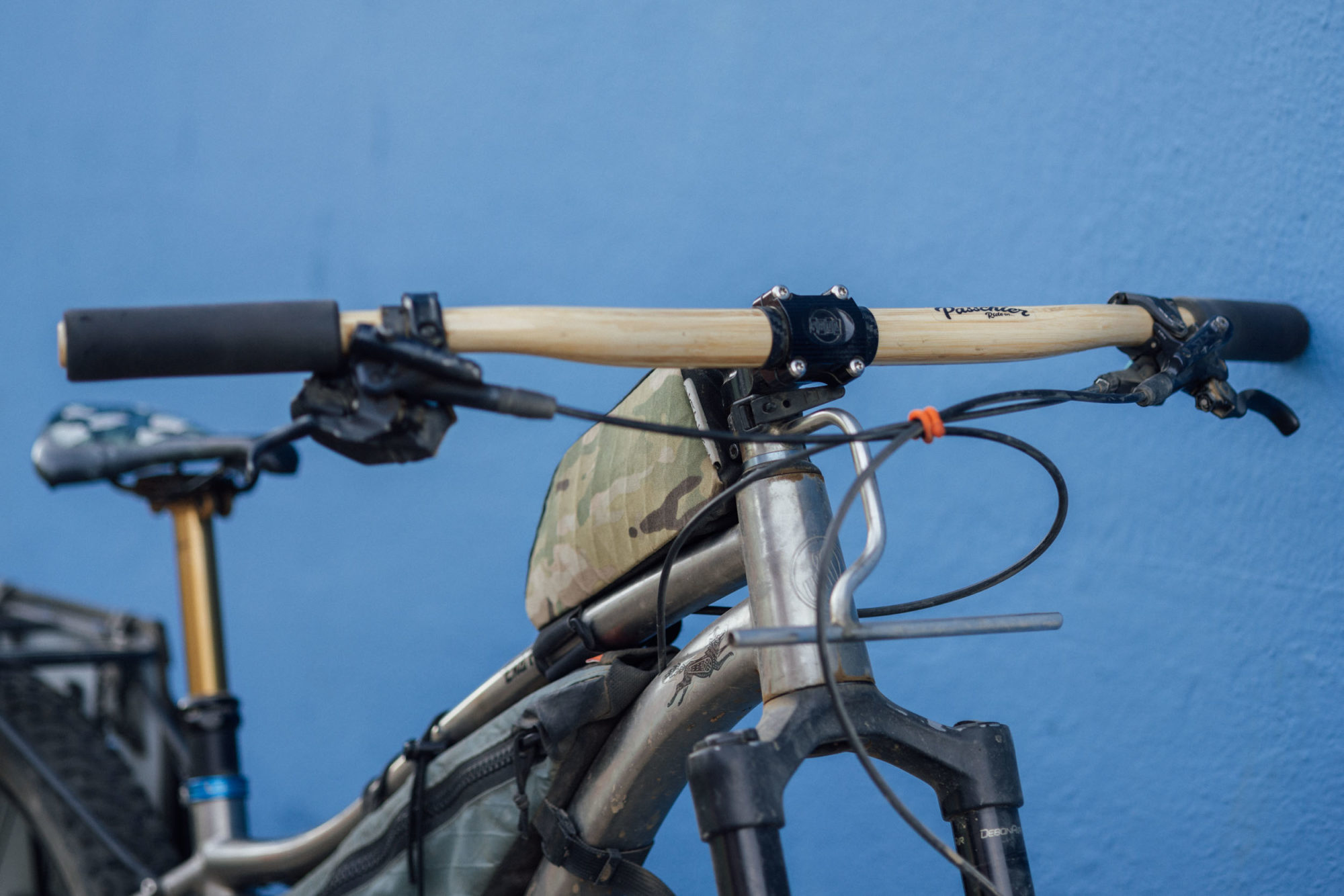
Forest and the Trees
As you might have assumed, the Passchier Gump is named after Forrest Gump, a fictional character in the 1994 movie of the same name. If you’re not familiar with the film, Forrest started running and forgot to stop, ultimately crossing the continental United States five times over three years. Passchier hinged the name of these bars on the idea that they’re so comfortable you’ll forget to stop riding. To accomplish this, the bars are made from directional laminated bamboo with a carbon fiber sleeve clamping surface. This construction technique offers the Gump’s signature flex and vibration dampening qualities that, from our experience, are more tangible than those from suspension stems or carbon bars. Furthering the comfort factor, Passchier also designed the Gump with a 22° sweep, an angle that’s not overly dramatic. It can work on most bikes without throwing off the geometry but is significant enough to place the wrists in a position that’s more natural and relaxed than standard mountain bike bars. The Gump comes in two widths, 760mm and 650mm, to accommodate most riders.
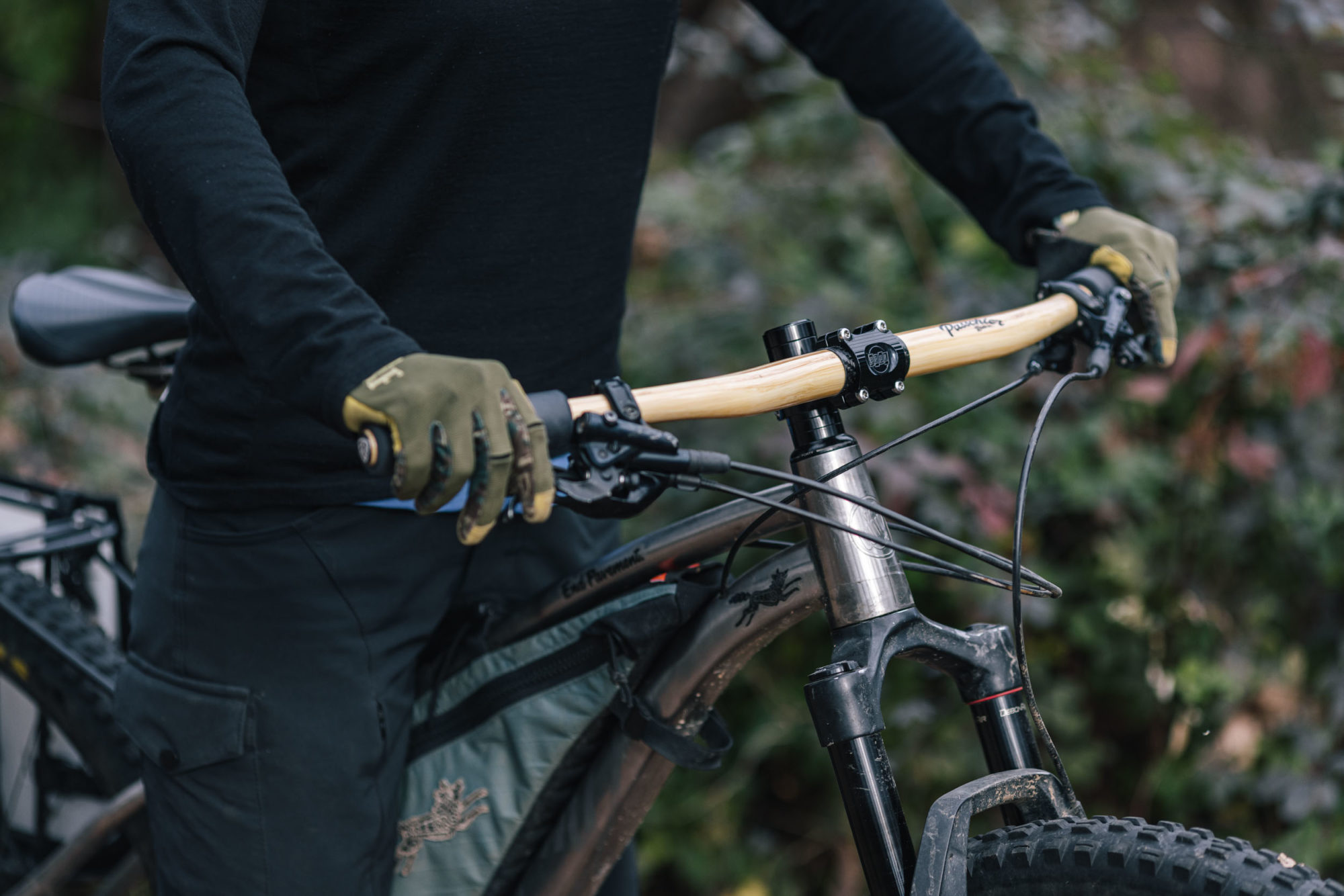
As mentioned, the Gump is designed specifically for bikepackers who spend a good bit of time behind their bars on dirt roads and gravel, where soaking up small bumps and vibrations is the norm. And while touring bikepackers aren’t really weight weenies, these bars aren’t heavy by any means. At 296 grams, they’re lighter than several of our favorites and on par with others we’ve tried. To offer a few comparables, the Hunter Smooth Move—one of my favorites—a 780mm alloy bar with 20° of sweep, weighs about 380 grams. The 11° 750mm Salsa Bend bar weighs 293 grams. And the 780mm carbon SQ Labs 30X16 bars weigh about 235 grams.
Strength and Durability
The Passchier Gump bars are strength tested to ISO 4210-2:2015, clause 4.7.6.2 and 4.7.7. I’m not going to dig into that; you can read more about it here and learn about a machine they built to apply 100,000 cycles of 50-kilogram force to these bars in order to achieve that rating. Passchier claims that they’re fit for “all possible urban, trekking, and trail settings” with ISO fatigue and strength testing applicable for commute and trekking bikes. However, they aren’t rated for more aggressive singletrack mountain biking. As stated on their website, they “are not designed for aggressive downhill riding or for large riders who tip the scales over 110Kg.” UPDATE: it’s strongly advised to avoid spikes of force such as drops, jumps, and hits with these bars. Read Passchier’s recommended limits and don’t push these bars past what they’re rated for like we did.
We took one pair of Gumps on a roughly 600-mile ride on the Baja Divide, plus a lot more touring, mountain biking, and rugged ATBing in Oaxaca. They’ve held up over a lot of use in rougher conditions than they’re supposed to be subjected to. The Gumps mounted on Virginia’s bike saw some pretty rowdy singletrack use as well as Mexico’s finest class IV rutted and rocky dirt. In the end, we trusted these bars for a big trip, although not without some lingering skepticism. We do not recommend them for rough and rowdy mountain bike use, based on Passchier’s own recommendations and those of a couple of our readers. But I’d certainly have no hesitation taking them on a long tour at this point. Find ride perspectives from Virginia Krabill and Emma Bucke below:
Virginia’s Take
Hand and wrist discomfort and weakness are issues that plague a lot of cyclists, myself included. Most of these problems are the result of either poor cycling posture and/or a bad bike fit, but repetitive use and vibration alone can be the causes of injuries, including carpal tunnel syndrome and cyclist’s palsy. This is especially true for folks who do a lot of long-distance and endurance cycling. Prolonged exposure to vibration can also contribute to arm pump. Over the years, the bike industry has come up with a variety of “solutions” designed to curb vibration. They run the gamut from tire inserts and sealant that allow riders to lower their tire pressure to padded gloves and cushy handlebar tape to various ergonomic grip styles and more complex components such as suspension stems.
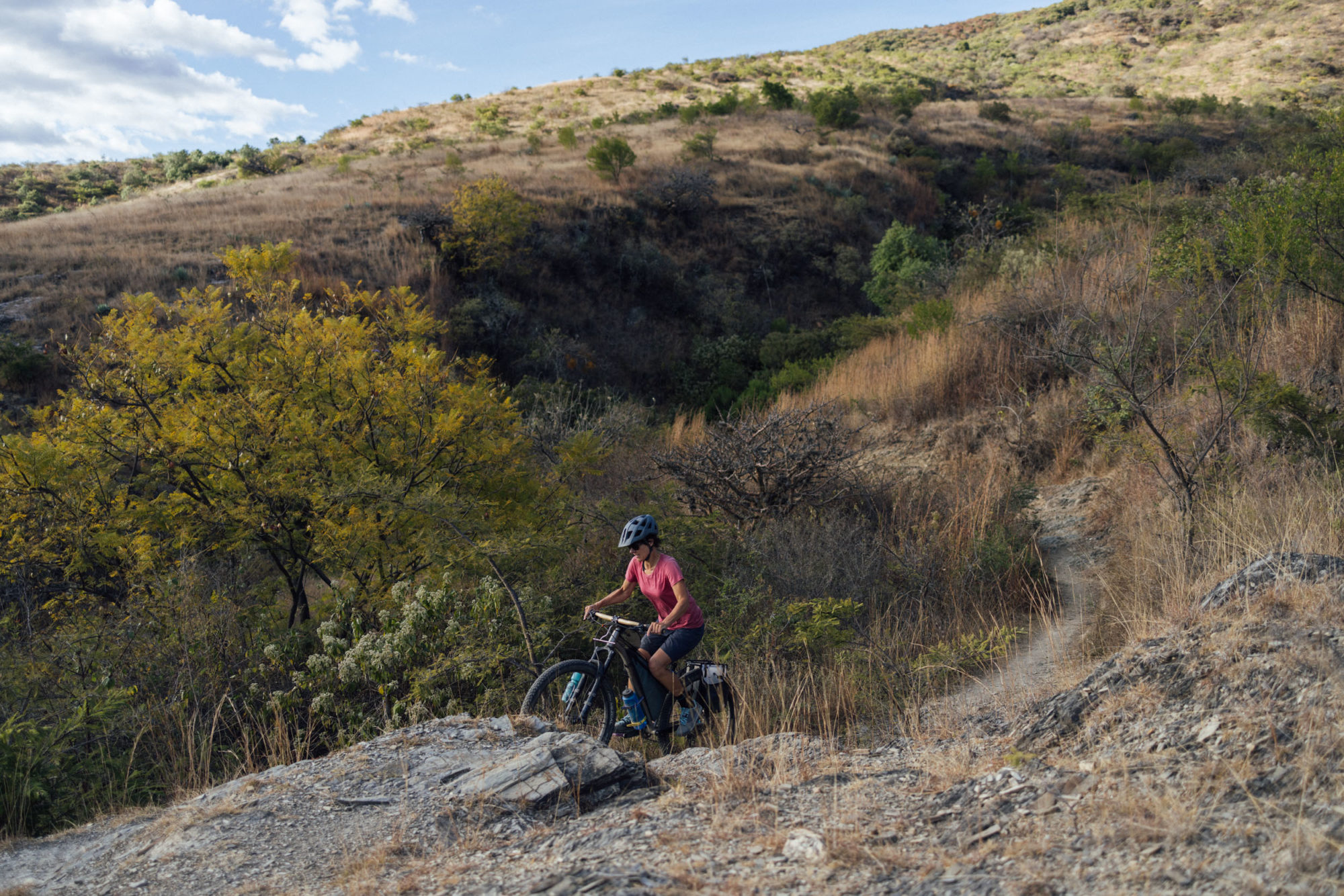
Handlebars obviously play a big role in how our hands feel during and after we ride, so I was excited to check out Passchier’s Gump handlebars after reading a bit about them online. Passchier claims their bamboo bars offer unsurpassed vibration reduction, which is exactly what I was looking for. I put them on my bike, destined for a two-week tour along the southern end of the Baja Divide and further adventures on the trails and dirt roads of Oaxaca. I was a little nervous after I saw just how much flex these bars exhibited in a stationary setting, but I took my chances. Numb hands are no fun, and, honestly, I probably didn’t consider the consequences of failed bars as much as I should have. Fortunately, my Gump bars are still intact, and I have to say they’re undoubtedly the most compliant and comfortable bars I’ve used. What’s more, they look sweet and make for a great conversation starter.
While riding in Mexico, I experienced zero numbness or tingling in my hands. That goes for the long days of touring in Baja and the shorter days on burlier tracks in Oaxaca too. For me, that’s pretty incredible. These bars really soak up the chatter of finer gravel and rocks, but also smooth out the rough stuff. I did experience some discomfort on the burliest singletrack with steep descents, but it was more muscular in nature—a result of my death grip rather than vibrations being transferred through the bars. As the Gumps aren’t intended for such aggressive riding, the death grip issue shouldn’t be a concern for most other riders. In short, these bars really do deliver on the Passchier promise of creating a more comfortable ride, and I can’t imagine a bar more well-suited for long-distance/touring riders who have repetitive use or other nerve issues in their hands.
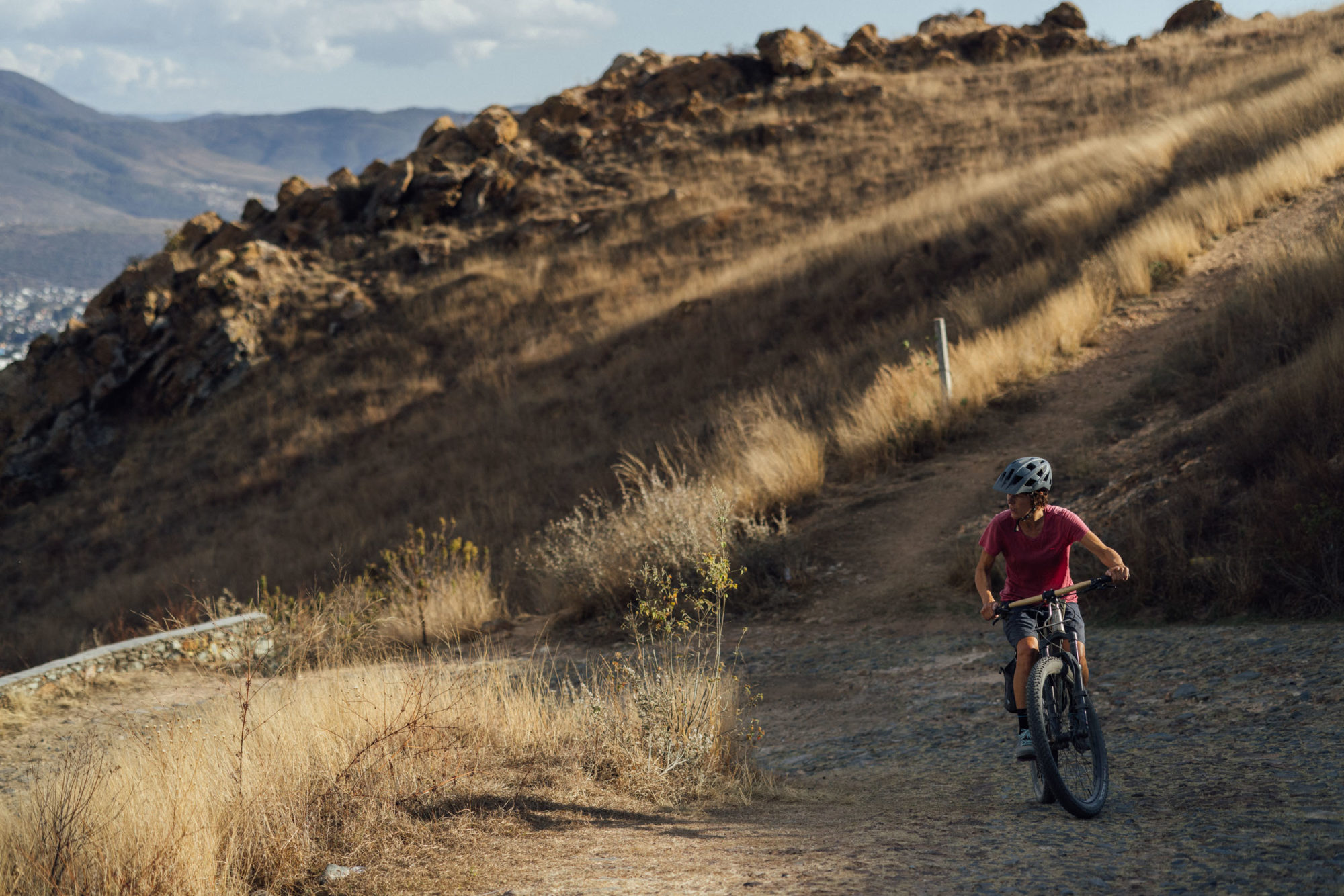
That said, these bars will not be a great fit for every rider. They aren’t recommended for anyone who weighs over 110 kilograms (242 pounds), and, as mentioned above, they’re not safety-rated for aggressive downhill riding. While there’s a far lower risk of catastrophic failure with these than with carbon bars, the risk still exists. Fortunately, laminated bamboo handlebars are more likely to warn of imminent failure as they will delaminate instead of simply breaking in half, but that is not always the case. Aside from the safety risk, the bars are too compliant for demanding technical riding or tight singletrack. For lack of better terms, they just feel a bit noodley in sharp technical corners and situations. The extreme flex also means that there is a loss of power in some situations, namely quick, out of the saddle maneuvers. So, for uber-ambitious riders trying to beat their Strava times or perfect their technical prowess, these bars aren’t optimal.
Unfortunately, the Gump isn’t a do-it-all handlebar, and that’s a hard pill to swallow at this price point. They are intended for mellow trails, long tours, and daily commutes, where the joy of riding trumps all else. For me, being able to ride without pain in my hands and wrists is of the utmost importance. As such, I’d rather throw a cheap set of handlebars on my trail bike and pony up for a pair of these Passchiers for the long haul.
Emma’s Take
The Gumps replaced a set of Salsa Bend 2s I’d fitted to my Hayduke, which in turn ousted the uncomfortable crowbar straight bars it came with. As the two have a pretty similar amount of sweep (22 vs. 23 degrees) I immediately felt comfortable position-wise. At 760mm, they’re 5 centimeters wider than I was used to, which I actually preferred.
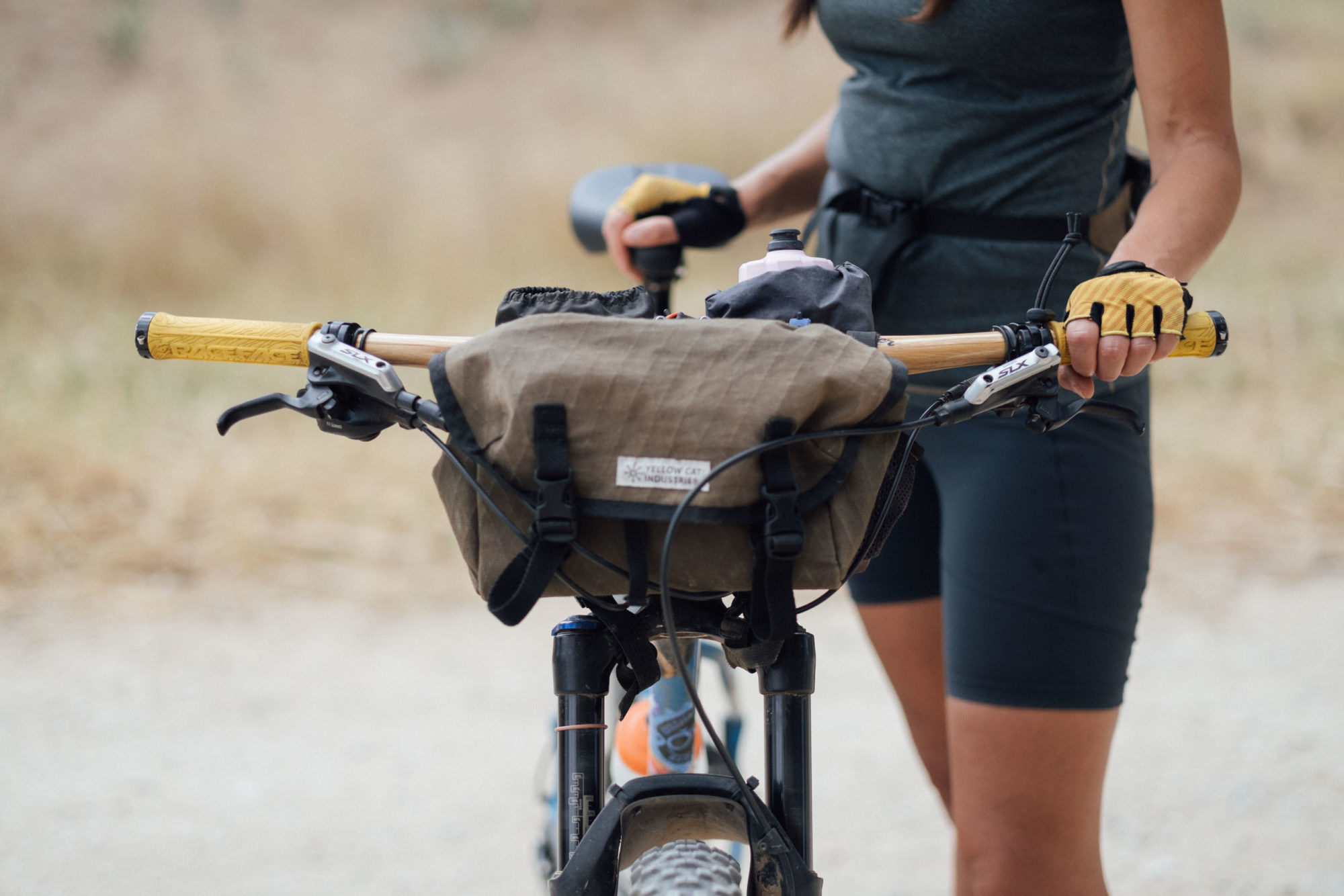
What I did notice straight off the bat was the amount of flex that I could both feel and see in these handlebars. I’d describe their handling as particularly dynamic. On jeep tracks, rocky terrain, and bumpy dirt roads, they no doubt added comfort to my days in the saddle, but the movement did take getting used to (for reference, I weigh 57kg/125lb). My Salsa bars feel more taut and precise in comparison – when I first went trail riding with them, I found myself overgripping on the Gumps at times, which may account for some initial wrist pain. As a handlebar/grip combination, I think I’d prefer to have had some ESIs on there, rather than my old and thin Race Face lock-on ones. I expect this would be the ultimate in comfort and vibration damping.
I’ve been running the Gumps for the last few months, and I wouldn’t have any concerns with taking them on a long trip. They’ve taken the general wear and tear of leaning my bike up against walls and down on the ground, though the little bar end stickers did come off pretty quickly – it’s a shame they’re plastic. As mentioned, my lock-on grips aren’t my favorite, but I do think they helped protect the ends of the bars from scuffing too much. I was extra careful not to overtighten them.
I know these bars aren’t rated for the more extreme end of mountain biking, but as that’s not the kind of riding I do, it’s not an issue for me. And whilst looks aren’t important to me in a handlebar, they certainly caught everyone’s eye and really made the bike stand out!
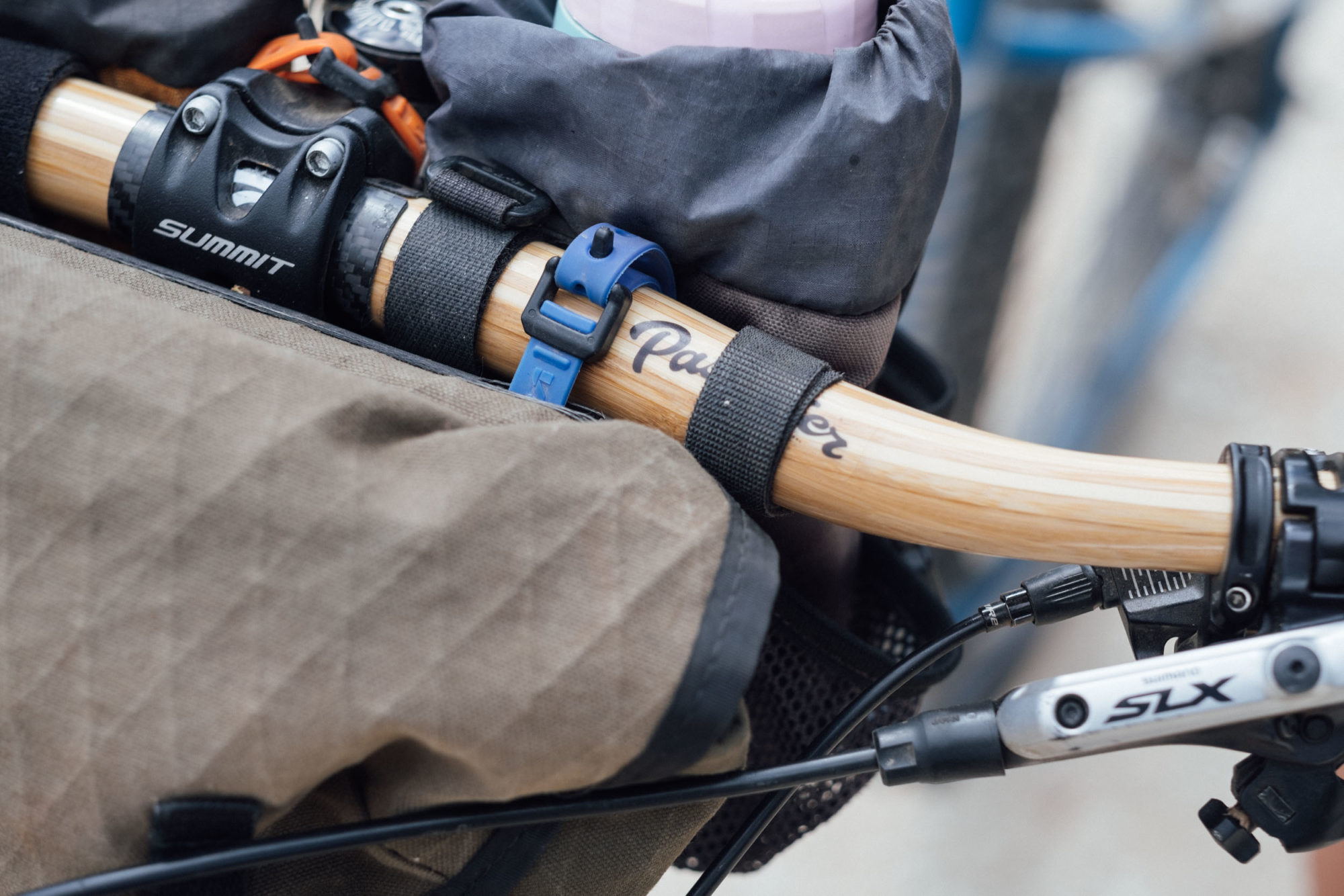
- Model/Size Tested: Passchier Gump 760
- Actual Weight: 296 grams
- Place of Manufacture: New Zealand
- Price: $225 USD
- Manufacturer’s Details: Passchier.co.nz
Pros
- Bamboo construction and inherit flex help alleviate fatigue and pain in the hands and wrists
- Great for long bikepacking/touring/gravel rides, especially on even terrain
- The raw wood finish looks great and makes for a conversation starter
- Made from a sustainable material + Passchier gives a portion of their profits to Greenspark to plant trees in rural India, retrieve plastic bottles from the ocean, and offset CO2 emissions
- If they break, it’s not likely to be catastrophic, as with carbon bars; UPDATE: as a commenter pointed out, that’s not always the case. Use caution with these bars if riding off-road.
Cons
- With the added flex comes a loss of some power and precision
- The are rather pricey
- Not an all-around bar if you’ve got one bike that does it all (they’re not for serious trail riding)
- Would like to see a wider version between 780 and 800mm
- Be careful if your tours or riding locale involves sub-freezing weather; folks have noted that delimitation can occur in extreme cold
Related Content
Make sure to dig into these related articles for more info...
Please keep the conversation civil, constructive, and inclusive, or your comment will be removed.













